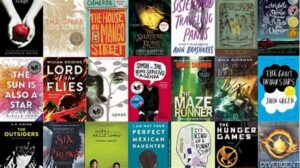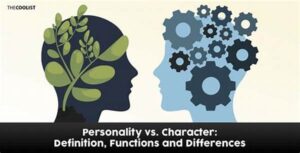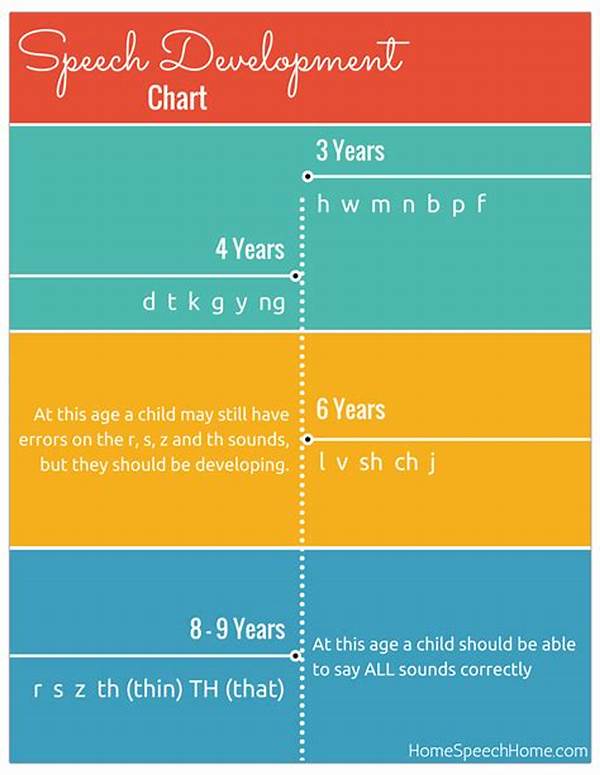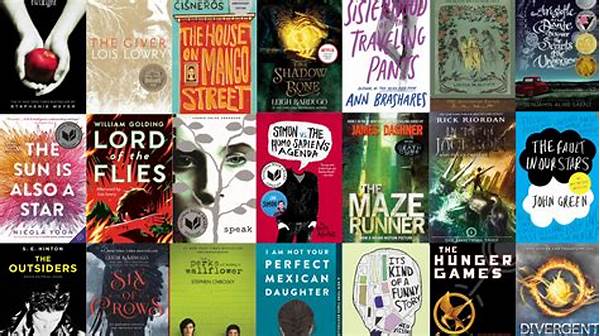Once upon a time, storytelling was a linear journey—a direct path from beginning to end. But as tales became more intricate and layered, storytellers embarked on a quest to weave nonlinear narratives that both delight and challenge their audiences. These stories, much like a labyrinth, invite the audience to wander through twists and turns, experiencing the magic of the unexpected. The art lies in maintaining cohesion amidst chaos, crafting a tapestry that is both complex and seamless. As we navigate these narratives, let’s uncover the strategies for cohesive nonlinear narratives that ensure the journey, though winding, is never disorienting.
Read Now : Building A Writing Routine
The Craft of Weaving Nonlinear Tales
In the vibrant world of storytelling, nonlinear narratives dance like a playful breeze, defying traditional structures. They beckon the audience to engage more deeply, piecing together fragmented moments into a cohesive whole. The art of crafting such narratives lies in the strategic interlacing of time, perspective, and plot. Imagine a quilt, with each patch representing a vital piece of the story. It’s not just about throwing patches together; it’s about meticulously connecting them, creating patterns that are rich with meaning and emotion.
The first key strategy for cohesive nonlinear narratives is establishing a strong thematic core. This theme serves as the glue that holds disparate story elements together. A storyteller can confidently guide their audience through a complex narrative landscape by ensuring that every scene, regardless of where it falls in the timeline, resonates with this central theme.
Another crucial strategy for cohesive nonlinear narratives is mastering the art of perspective. Nonlinear tales often shift viewpoints, offering diverse angles on the same events. These shifts, if handled wisely, add depth and intrigue. They allow readers to step into different characters’ shoes, revealing motivations and emotions hidden at first glance. Thus, a nonlinear narrative becomes a kaleidoscope of human experience, inviting deeper understanding and empathy.
Key Elements of Cohesive Nonlinear Narratives
1. Anchor with a Core Theme: Establish a central theme as a touchstone that ties all narrative threads together.
2. Dynamic Character Development: Characters evolve in nonlinear ways, with past and future events influencing their present selves.
3. Time as an Elastic Thread: Play with the chronology to enhance suspense, mystery, and emotional impact.
4. Varied Narrative Perspectives: Shift viewpoints to provide fresh insights and richer storytelling layers.
5. Symbolic Motifs: Utilize recurring symbols or motifs to create continuity amidst the plot’s ebb and flow.
Narratives Beyond Time
In the realm of storytelling, the linear timeline is but one of many threads. Nonlinear narratives unfold like an intricate tapestry, with time weaving in and out, revealing new layers upon each viewing. This storytelling style captivates audiences, drawing them into a world where past, present, and future coexist harmoniously. To achieve this delicate balance, the strategies for cohesive nonlinear narratives come into play, offering a roadmap through the narrative maze.
By employing techniques such as visual or thematic cues, storytellers can guide audiences through seemingly disparate elements. The use of flashbacks and flashforwards must be done with precision, serving the story’s arc rather than distracting from it. Additionally, maintaining narrative tension is crucial; each scene, out of sequence though it may be, must propel the story forward, keeping the audience engaged. Through these strategies, nonlinear narratives not only tell stories but also invite deep reflection and emotional resonance, offering a rich and rewarding storytelling experience, unlike any other.
Unraveling Nonlinear Complexity
1. Maintain Clarity: Ensure that each narrative thread is distinct yet inherently connected.
2. Strategic Pacing: Vary the tempo to maintain interest without overwhelming the audience.
3. Emotional Consistency: Ensure emotional beats align with character arcs, even if events don’t follow a chronological order.
4. Narrative Signposts: Provide subtle clues to help the audience navigate temporal shifts.
Read Now : Establishing Author Brand Consistency
5. Artful Recurrence: Use recurring themes or imagery for a sense of familiarity and cohesion.
6. Crafting Mystique: Engage the audience with mystery and puzzles that gradually reveal themselves.
7. Character Entanglements: Intertwine character arcs in ways that spotlight relationships and thematic connections.
8. Flexible Frameworks: Employ frameworks that can accommodate shifts in time and perspective without losing coherence.
9. Resonant Resonance: Layer narrative resonance by linking past actions to present consequences.
10. Unified Vision: Maintain a clear narrative vision to guide creation and ensure all elements serve the overall story.
The Journey Through Nonlinear Landscapes
Imagine wandering through a forest where each path leads to an unfamiliar yet strangely familiar place. This journey embodies the essence of nonlinear narratives. As storytellers, the responsibility is to ensure travelers of these paths are never lost, but instead, find themselves intrigued and engaged. Here, the strategies for cohesive nonlinear narratives are invaluable guides. By planting narrative markers—symbols, themes, recurring motifs—we provide our audience with comforting beacons in an ever-shifting landscape.
Crafting such stories requires balancing unpredictability with familiarity. Each narrative twist should feel inevitably surprising, like an unexpected yet welcome guest. Plot reveals must align with established thematic narratives, and character evolution should resonate with past and future character actions. This form of narrative acrobatics demands skillful execution, weaving stories that appear as a chaotic array of fragments yet, on closer reflection, reveal themselves as an orchestrated whole. The result is not just a story but an experience, inviting the audience to participate actively in its unfolding.
In a world where stories mirror the complexities of life, nonlinear narratives hold a distinct allure. They challenge perceptions, introduce novelty, and most importantly, offer a richer, deeper connection to the stories being told. Through masterful implementation of strategies for cohesive nonlinear narratives, storytellers can create not just discrete moments of storytelling wonder, but expansive journeys that captivate, resonate, and endure.
The Art of Nonlinear Narratives
In a narrative landscape where time defies convention, the art of nonlinear storytelling shines with a brilliance. The stories unfold, not in familiar sequences, but in a mosaic of interconnected snapshots. Unveiling the strategies for cohesive nonlinear narratives is akin to discovering a map for navigating this intricate territory.
These narratives demand more than just innovation; they require a disciplined artistry that balances chaos with clarity. By crafting stories with interwoven plots and themes, each element becomes a thread in a colorful tapestry. The mastery of this craft lies not in the complexity alone but in achieving elegant simplicity—where every twist and turn feels naturally inevitable. This form of storytelling transforms passive audiences into active participants, inviting them to piece together the puzzle. The rich, resonant experience they provide elevates storytelling from mere narrative to an immersive journey, capturing the heart and imagination while destined to stand the test of time.









